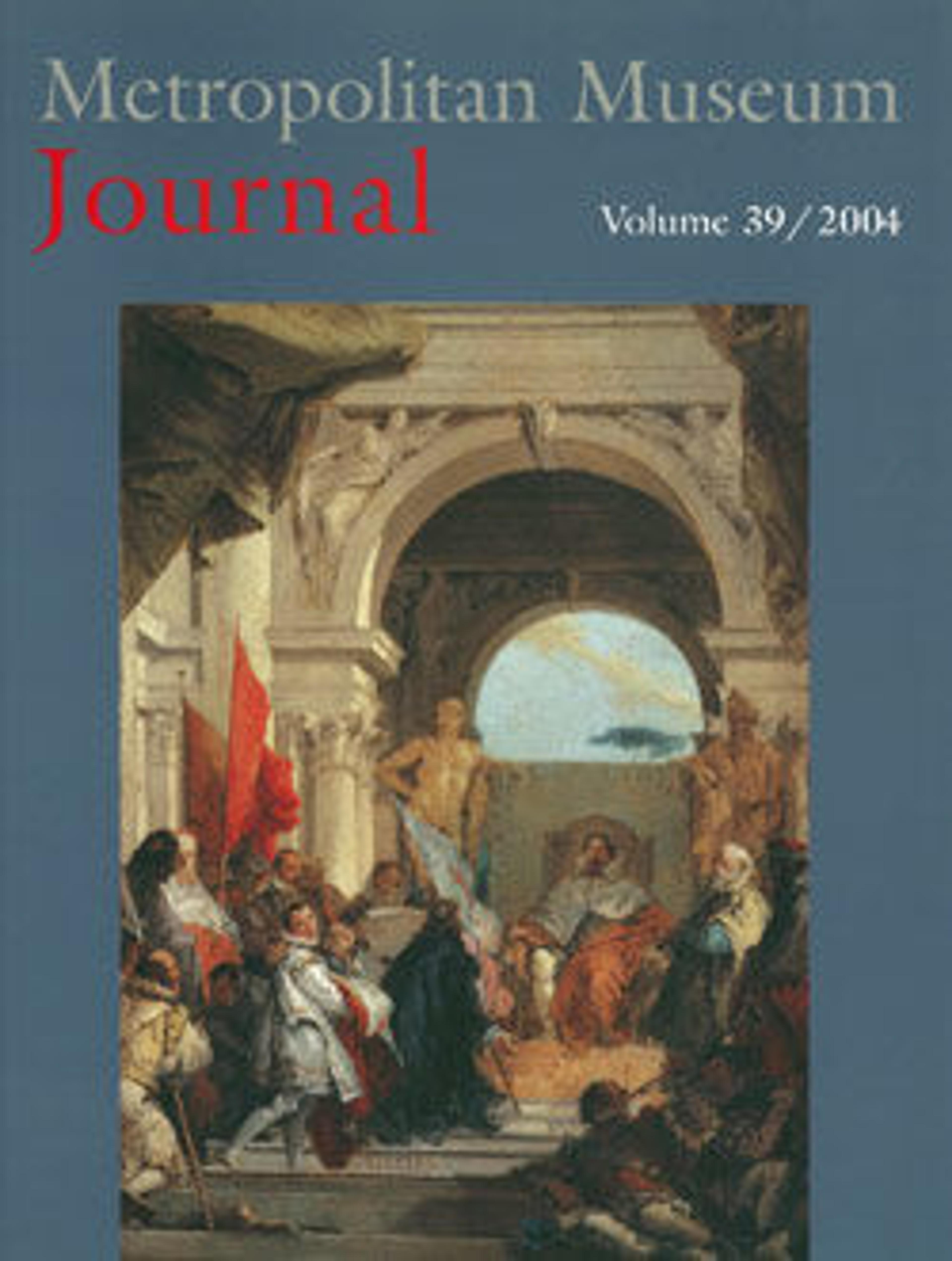Pomegranates and Other Fruit in a Landscape
Our knowledge of Italian still life painting is still in its infancy. This striking still life has been ascribed to Velázquez, Giuseppe Ruoppolo (a leading exponent of Neopolitan still life painting), and Giovanni Paolo Spadino. It is currently attributed to the Fleming Abraham Brueghel, who worked in Rome and Naples, indicating the international exchanges that shaped the genre of still life.
Artwork Details
- Title: Pomegranates and Other Fruit in a Landscape
- Artist: Abraham Brueghel (Flemish, 1631–1697)
- Medium: Oil on canvas
- Dimensions: 24 3/8 x 29 1/8 in. (61.9 x 74 cm)
- Classification: Paintings
- Credit Line: Purchase, 1871
- Object Number: 71.118
- Curatorial Department: European Paintings
More Artwork
Research Resources
The Met provides unparalleled resources for research and welcomes an international community of students and scholars. The Met's Open Access API is where creators and researchers can connect to the The Met collection. Open Access data and public domain images are available for unrestricted commercial and noncommercial use without permission or fee.
To request images under copyright and other restrictions, please use this Image Request form.
Feedback
We continue to research and examine historical and cultural context for objects in The Met collection. If you have comments or questions about this object record, please complete and submit this form. The Museum looks forward to receiving your comments.
